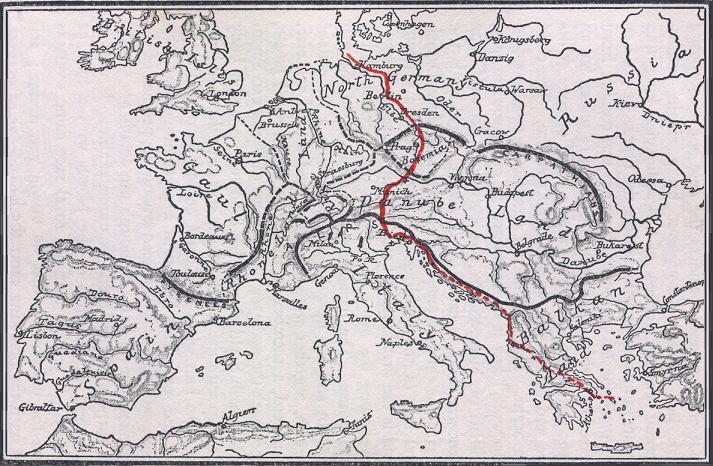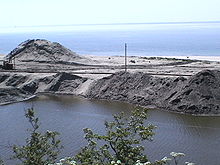 In ancient times, the boat was the main form of transportation and most of the trading routes ran along major river banks. The 5th century river routes linked Mediterranean countries and the Baltic coast. As people began to realize amber's value, they started to trade with it. In some ways, amber became the gateway of improved commercial relations between countries and cultures. It also advanced international economic relations. The Southern Baltic zone slowly became known as the Amber Coast.
In ancient times, the boat was the main form of transportation and most of the trading routes ran along major river banks. The 5th century river routes linked Mediterranean countries and the Baltic coast. As people began to realize amber's value, they started to trade with it. In some ways, amber became the gateway of improved commercial relations between countries and cultures. It also advanced international economic relations. The Southern Baltic zone slowly became known as the Amber Coast.
But the amber route did not stop there. Egyptians and Arabians started traveling by land in the form of caravans. They took the route of the amber tracks to reach the rich amber coasts. As in any ancient route, there were also thieves, so these journeys were considered dangerous. Travelers would often encounter problems and robberies along the way, but they willingly took the risks for the sake of amber. So amber slowly gained the names of sacred stone, gold of the North and even Baltic gold.
 The amber route continued, as amber became a widely traded ornamental artifact and a semi-precious stone used in almost any art object. The name of the route comes from the routes used to transport it to different parts of the world. It traversed various cultures and geographical zones and acquired many different names. It became known as Tiger's Soul, Petrified Light, Sun Tears, Sea Gold, Elektron, Captured Sunshine or Hardened Honey. Others named it Succinum, Sun Stone, Freja's Tears or Tears of the Heliades. The names were given depending on religions, cultures or symbols.
The amber route continued, as amber became a widely traded ornamental artifact and a semi-precious stone used in almost any art object. The name of the route comes from the routes used to transport it to different parts of the world. It traversed various cultures and geographical zones and acquired many different names. It became known as Tiger's Soul, Petrified Light, Sun Tears, Sea Gold, Elektron, Captured Sunshine or Hardened Honey. Others named it Succinum, Sun Stone, Freja's Tears or Tears of the Heliades. The names were given depending on religions, cultures or symbols.
The amber route is proof that people have been fascinated by this mysterious stone ever since ancient times. And this still applies to today's societies. The only difference is that the amber route is now safer, easier and more industrialized.
Comments
No posts found



